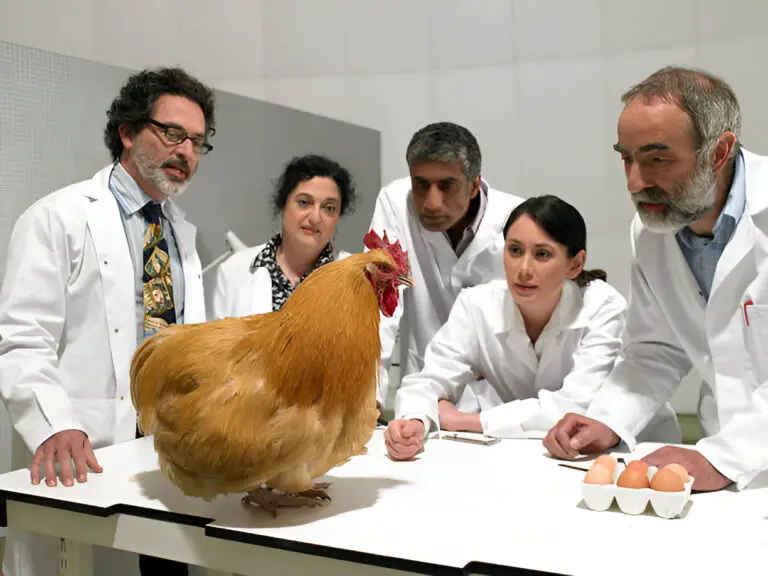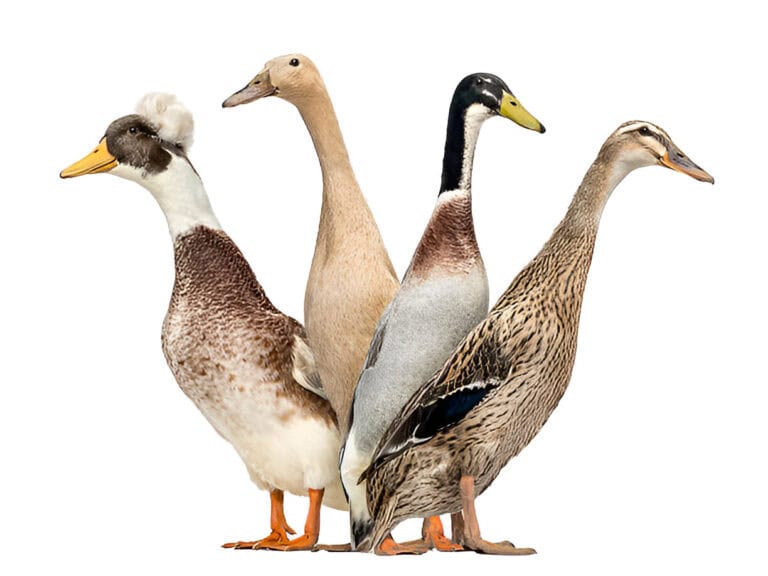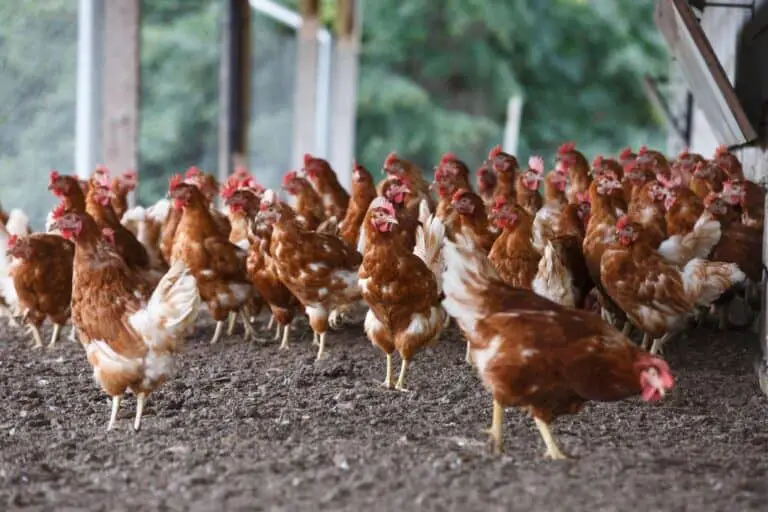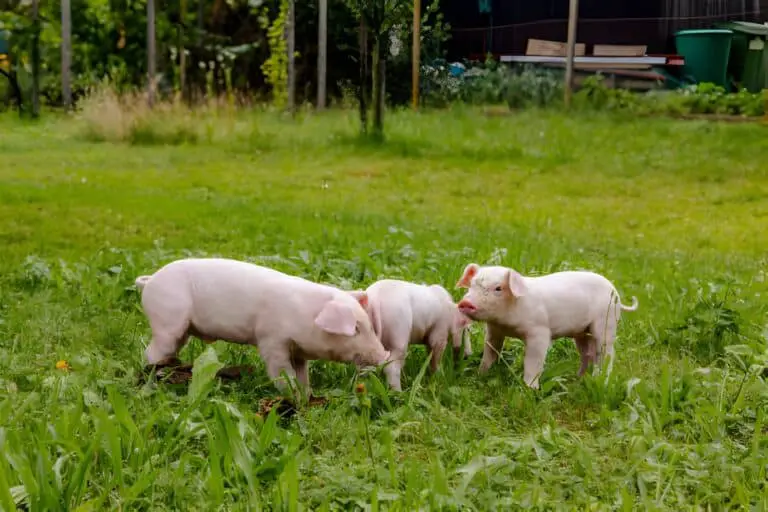Farrowing Guide: Recognizing When a Pig Has Completed Giving Birth
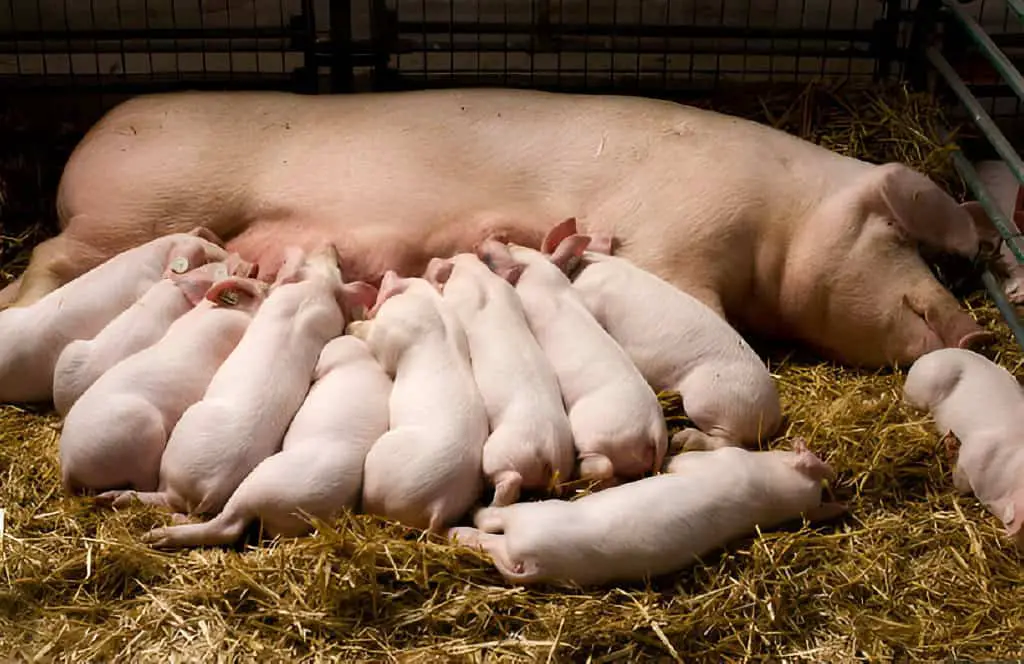
Are you uncertain about how to tell when your sow has finished giving birth? Recognizing the signs that a pig has completed farrowing is crucial for ensuring the health and well-being of both the sow and her piglets.
In this comprehensive guide, we will delve into the key indicators that signal the end of the farrowing process, helping you manage this critical time with confidence. By understanding these signs, you can provide the necessary care and intervention, ensuring a smooth and successful farrowing experience for your pigs.
After reading this article, you will gaining valuable knowledge about the farrowing process, which will enable you to effectively monitor and support your pigs during and after birth. If you are a pig farmer or just really into pigs, you definitely need to know this stuff. It is super important for making sure your pigs are happy and healthy.
Understanding Farrowing
Farrowing can be a stressful and challenging time for pigs, particularly for first-time mothers. It typically involves several stages, including the pre-farrowing period, active labor, and the post-farrowing period. Each stage presents its own set of signs and symptoms, and being able to identify these can help you support the sow effectively.
Pre-Farrowing Signs
Before farrowing begins, the sow will exhibit several pre-farrowing signs. These can include restlessness, nesting behavior, and a decrease in appetite. Additionally, the sow’s udder will become swollen and milk may start to be produced. Knowing these signs can help you prepare for the farrowing process.
Active Labor
Active labor begins when the sow starts to have contractions. This stage can last anywhere from a few hours to a full day. During this time, the sow will lie down frequently, strain, and eventually deliver piglets. Piglets are usually born at intervals of 15-20 minutes, but this can vary.
Recognizing the End of Farrowing
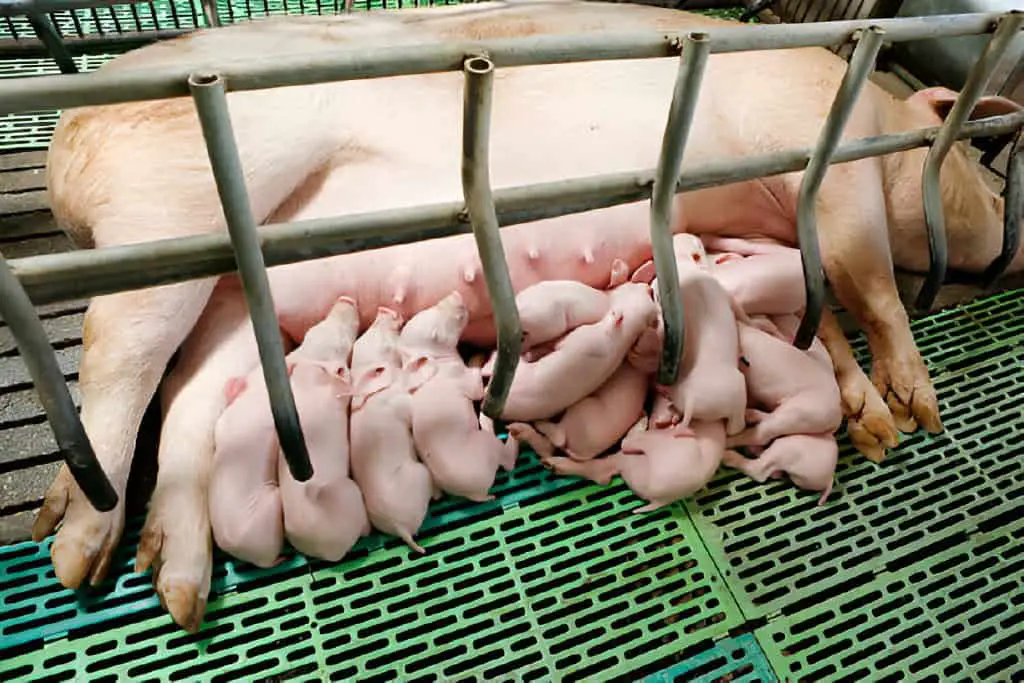
Recognizing when a pig has completed giving birth is crucial for ensuring that both the sow and piglets receive the appropriate post-farrowing care. Here are some signs that farrowing has finished:
- Decrease in Contractions: When the sow’s contractions become less frequent and eventually stop, it is a strong indicator that farrowing is complete.
- No More Piglets: If no additional piglets have been born for over an hour, it is likely that the sow has finished farrowing.
- Change in Behavior: The sow will usually become more relaxed and attentive to her piglets once farrowing is complete. She may start to eat and drink again.
- Expulsion of Afterbirth: The expulsion of the afterbirth, which can occur shortly after the last piglet is born, also signals the end of farrowing.
Steps to Take When Farrowing is Complete
Once you have determined that the sow has finished giving birth, there are several important steps to take to ensure the health and well-being of both the sow and her piglets.
Post-Farrowing Care for the Sow
- Cleanliness: Ensure the farrowing area is clean and dry. Remove any afterbirth and clean up any waste.
- Nutrition: Provide the sow with fresh water and a nutritious meal to help her recover her strength.
- Health Monitoring: Monitor the sow for any signs of distress or illness. Contact a veterinarian if you notice any abnormal behavior or symptoms.
Post-Farrowing Care for Piglets
- Warmth: Ensure that the piglets are warm. Use heat lamps or heating pads if necessary.
- Nursing: Make sure all piglets are nursing and receiving colostrum, which is vital for their immune system.
- Health Checks: Perform a quick health check on each piglet to ensure there are no visible issues or deformities.
Troubleshooting Common Issues
Despite best efforts, complications can sometimes arise during and after farrowing. Here are some common issues and how to address them:
Retained Piglets
In some cases, a piglet may be retained in the birth canal. If the sow shows signs of distress and contractions continue without the birth of another piglet, this may indicate a retained piglet. Contact a veterinarian for assistance.
Mastitis
Mastitis, an infection of the udder, can occur in sows after farrowing. Signs include a swollen, hot, or painful udder, and the sow may be reluctant to nurse. Immediate veterinary care is required to treat mastitis.
Weak or Sick Piglets
Some piglets may be born weak or ill. These piglets need extra care, including supplemental feeding and warmth. In severe cases, consult with a veterinarian for further guidance.
Tips for a Successful Farrowing Process
Preparation and observation are key to a successful farrowing process. Here are some additional tips to help ensure everything goes smoothly:
Prepare the Farrowing Area
- Clean Environment: Ensure the farrowing area is clean, dry, and free of drafts.
- Comfortable Bedding: Provide ample bedding material to keep the sow comfortable.
- Heat Source: Have a heat source ready for the piglets to ensure they stay warm.
Monitor Closely
- Frequent Checks: Check on the sow frequently as her due date approaches.
- Record Keeping: Keep records of the farrowing process, including the number of piglets born and any complications.
Stay Calm
- Remain Calm: Stay calm and composed during the farrowing process. Your presence should be reassuring, not stressful.
- Veterinary Contact: Have a veterinarian’s contact information readily available in case of emergencies.
Conclusion
Recognizing when a pig has completed giving birth is essential for ensuring the health and safety of both the sow and her piglets. By understanding the stages of farrowing and knowing the signs that indicate its completion, you can provide the necessary care and support. Proper preparation, close monitoring, and prompt action in case of complications will help ensure a successful farrowing process and a healthy litter of piglets.


